Macduff Marine Aquarium has a special place in the hearts of many who grew up in the north-east.
Perched on the coastline, the unique coldwater aquarium first opened its doors to the curious public in 1997.
Almost three decades later it still welcomes more than 50,000 visitors each year, helping people discover what creatures live in the mysterious waters of the Moray Firth.
And now, the Aberdeenshire attraction will be revamped — with “game-changing” plans to build a cafe, upgrade exhibitions and more.
The Press & Journal visited the aquarium to find out what a day in the life there is really like for the staff that keep the attraction afloat, and what the revamp will mean for both the workers and the inhabitants living there…
Iconic kelp tank at the heart of Macduff Marine Aquarium will be staying
P&J photographer Jason Hedges and I arrived at Macduff Marine Aquarium just in time to see the scuba divers plunge into the main kelp tank.
The fish get fed by divers three times a week, and anyone exploring the aquarium can watch the show if they time their visit right.
The impressive tank is made of acrylic (much to our surprise) and holds 200,000 litres of cold water, that is filtered and circulated regularly. It’s home to fish and other sea life found in the Moray Firth like cod, flapper skates, starfish and even local sharks.
We were first greeted by aquarium manager Claire Matthews who told us this tank will be staying the same.
And not only will the workers be building around the tank, but the fish will still be swimming around their home while the revamp is being carried out.
This means the staff at the aquarium will still be working hard behind the scenes to keep them fed and safe.
Feeding time mesmerises audiences and gets everyone involved
Abi Cooper, the aquarium assistant, entertained the audience while divers Chris Rickard (aquarist) and Chris Rowe (deputy manager) fed their fishy friends.
She talked us all through the kind of animals found in the tank, what gear the divers use and more.
Once the feeding show was over, Abi explained these shows are just one part of her versatile role.
She spends most of her time helping everyone, including the aquarist when he needs a spare pair of hands, and looking after some of the inhabitants.
And, while she isn’t trained to go diving in the main tank, she does help get the kits sorted and supervises some of the dives, ensuring everyone is safe. When the aquarium is closed, she will still be helping out and looking after all the creatures.
After growing up in Macduff and visiting the aquarium with her granny, it was a “surreal experience” to start working there herself two years ago.
Abi studied sound design and laughed as she told me she has a lot of “homework” for this job, ensuring she has everything “down to a tee” with all the animals she cares for.
As the fish swim serenely past the giant acrylic screen now the feeding frenzy is over, she helps us tell the difference between a bullhuss and a lesser spotted dogfish and expertly answers all our fish-related questions.
But, after our chat, Abi had to get the baby shark food ready… I suppose the job never ends.
Giving bosies to fish: What is working as an aquarist and diver like?
Chris Rickard works as the aquarist, and he spends his days preparing food for the animals, ensuring all the fish are healthy and looking after the tanks.
He is also one of the aquarium’s divers — meaning visitors will often see him suited up and plunging into the main tank filled with sharks and other large fish with a basket of food, ensuring everyone gets their fill.
We caught up with Chris after he dried off from the earlier dive and he took us behind the scenes to see where all the food gets prepared and how all the tanks are controlled.
Like Abi, he will be kept busy while the work is being carried out later in the year and will still need to dive into the main tank (it’s not just a fun show for visitors) to feed all the fish properly.
While watching the dive show, I was in awe as some humongous fish interacted with the divers and genuinely seemed pretty interested in them (even after the food was all gone).
Chris told us because they are handling the fish they often grow attached to them. I couldn’t help but wonder if he thought the fish felt the same or even if they recognise the divers in the tank.
“It’s very difficult to know for sure,” he explained. “I’m convinced that yes they do. You can have a relationship with certain fish, more like on the same level as a pet.
“I think most people would agree pets have personality — and fish do as well, it’s just most people aren’t in a situation to see that. Whereas with diving, you’re literally face-to-face and can tickle them, or give them a bosie, and they seem to enjoy it.
“If they didn’t they wouldn’t even come near you. Some fish aren’t bothered by you whatsoever, either positively or negatively, they will just ignore you.”
Diving in the deep end with conger eels and wolf fish
The diver of 21 years went on to tell us the wolf fish (also known as catfish) are “extremely friendly” and he can pick them up and “hold them like a cat”.
However, conger eels are animals with a “bad reputation” and are “quite scary-looking”, but tend to be more cautious of the divers.
Although he has a regulator in his mouth to breathe while underwater, he still speaks to them and believes they recognise him because of this.
“As soon as I start talking you’ll see the nose appear from the pipe they’re in and it’s like they must recognise that sound,” he explained.
“Whether they’re happy to see me, who knows. But they’re certainly not scared of me.
“They’re so gentle when taking food and they have characters.”
He added with a chuckle: “There was one character we had a while ago that I would never have hand-fed because she was stroppy, she was hard work.”
How do fish and other aquatic animals end up in the Macduff Aquarium?
Despite always having a keen interest in nature and a degree in zoology, Chris hadn’t always planned to work in an aquarium. He first got a seasonal job there in 2003, where he was trained to dive — something he had always wanted to learn.
And although he left to complete his teacher training, the aquarium eventually reeled him back in.
Being a qualified diver means Chris carries out another job, which involves heading across to the west coast on dive collections — finding starfish, sea urchins and other aquatic animals to take back to the aquarium.
But the team has not gone out on a dive collection since June last year, and won’t go out while the aquarium is closed either.
That’s not the only way fish and other sea life find their way to the aquarium though — some are donated by local fishermen and members of the public.
They have a quarantine area where they keep the newcomers for some time before adding them into tanks, but it’s also where they keep sick animals and some of the baby skates.
Share your memories of the Macduff Marine Aquarium in our comments section below
What is involved in the aquarium revamp?
Claire Matthews has worked at the aquarium for 27 years and says the planned expansion will be the biggest project undertaken.
She spends her days ensuring the aquarium runs smoothly, supports the team and does everything she can to make it a success.
It is hoped the “game-changing” plans will make the north-east attraction, which already welcomes more than 50,000 visitors a year, even more popular.
The revamp will bring the building into the 21st century and a new two-storey extension will improve exhibits using the latest technology, providing guests with an immersive experience.
As mentioned, the main kelp tank will remain and a much sought-after cafe on the first floor will give guests an even better view from above into the tank as well as spectacular views of the Moray Firth.
Conservation efforts and regeneration of Macduff
Currently, only some of the aquatic animals get released back into the sea, like the octopus which are only kept for six months. But during the closure, the team plans to “thin out” their current collection.
There are also plans to create a new lobster hatchery.
The team will take eggs, hatch them and rear the crustaceans before releasing them back into the sea to help with conservation efforts in the area, and (eventually) the local economy.
“We’re really trying to raise awareness to allow people to appreciate what’s going on,” Claire added.
“And we’re hoping if we can develop an appreciation and a sense of wonder of what’s there, people will be more inclined to think carefully about how they treat the climate and make those choices.
“Even if we can do that on a small scale, then we’ve done something. But ultimately, we’re hoping this development will help Macduff and the regeneration of the region.
“And hopefully it sees us into the next 30 years, which is absolutely phenomenal.”
Keep up to date with the Macduff Marine Aquarium and the revamp progress on Facebook.
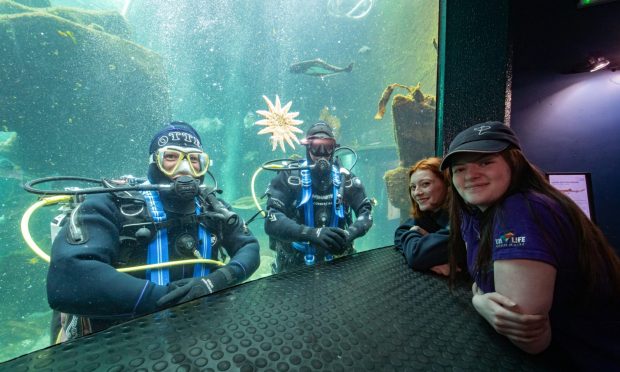
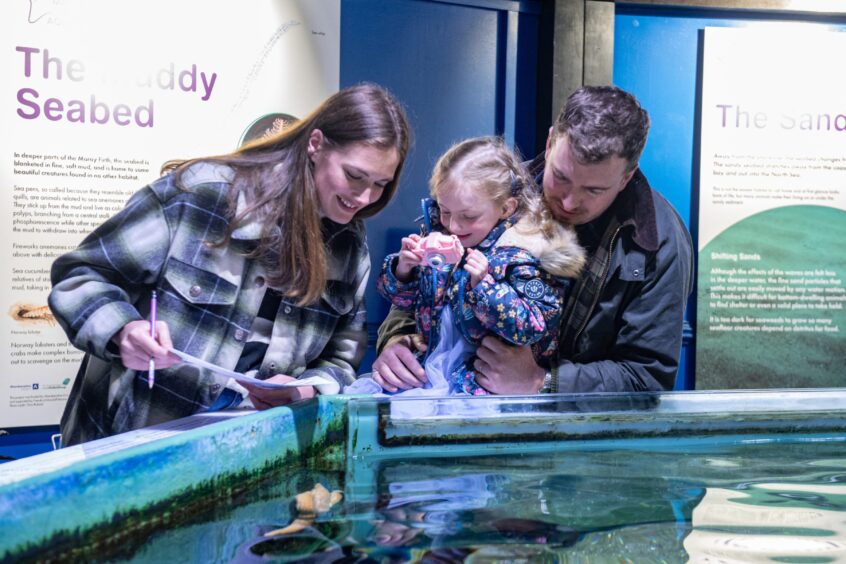
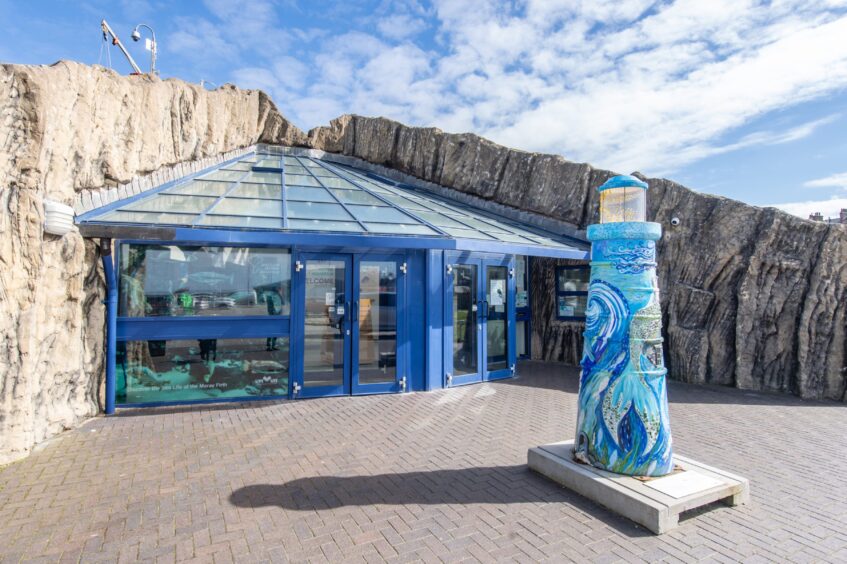
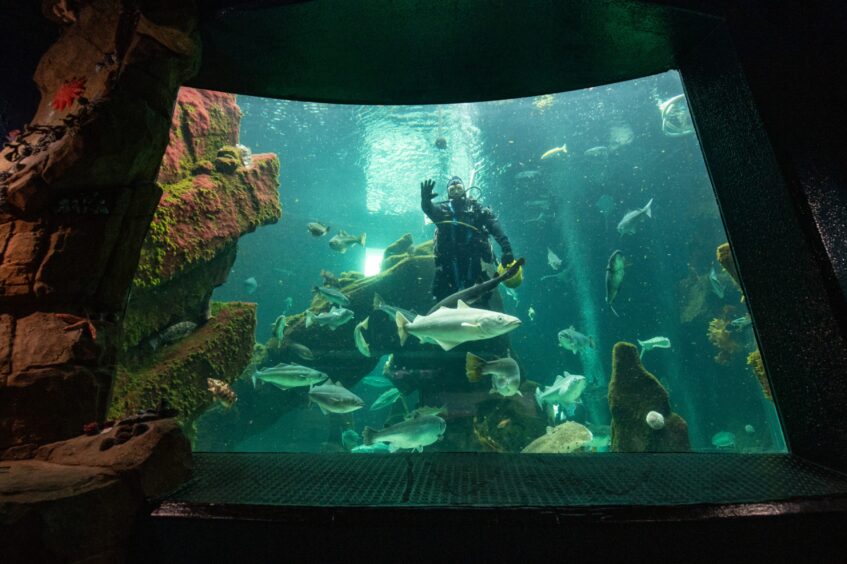
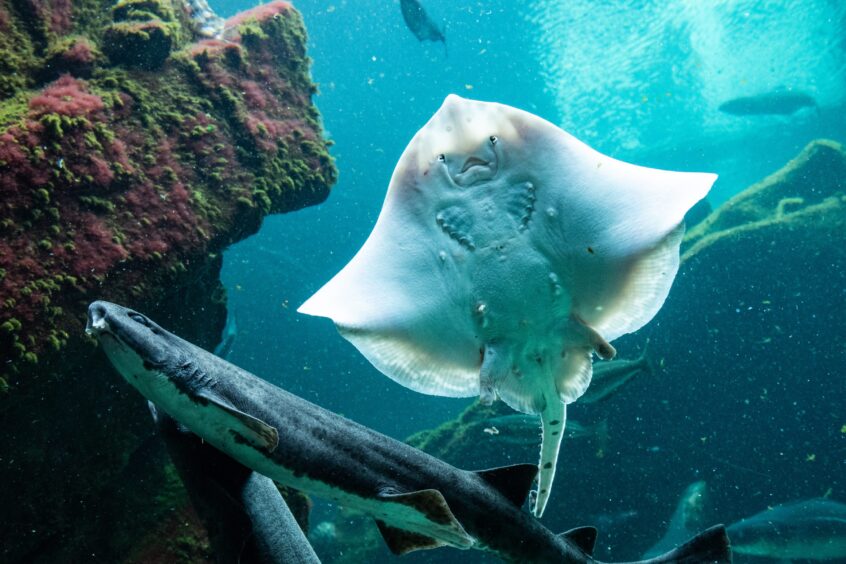
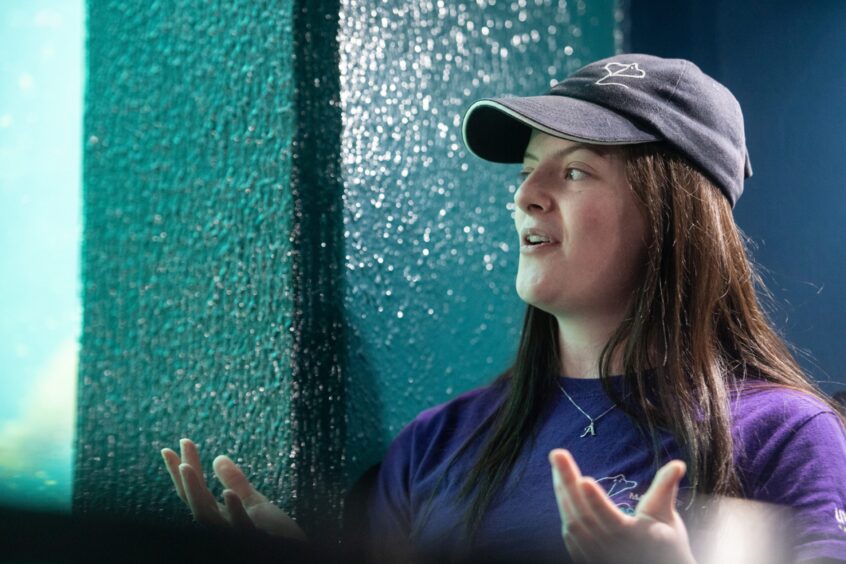
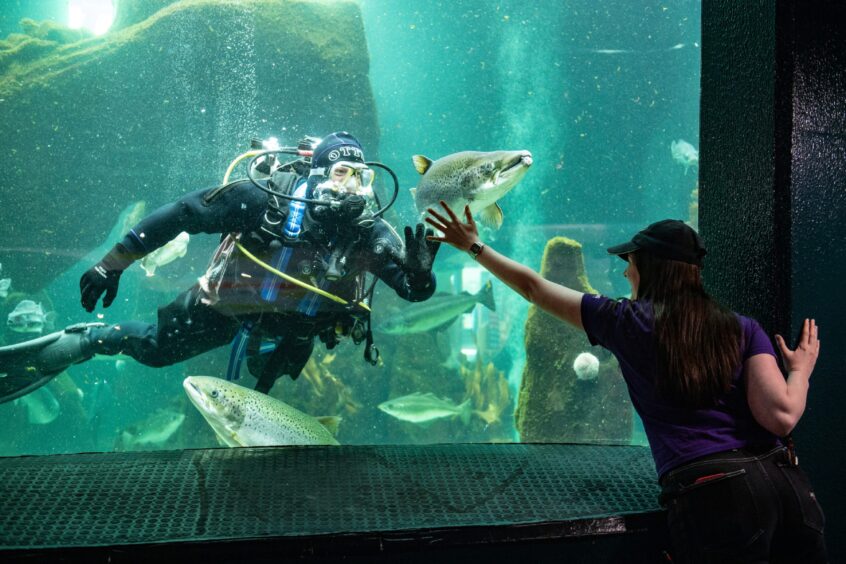
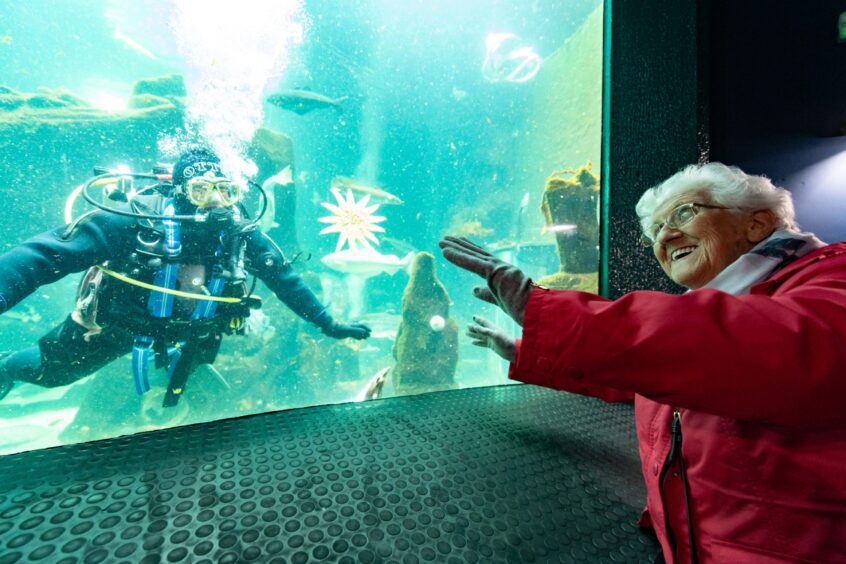
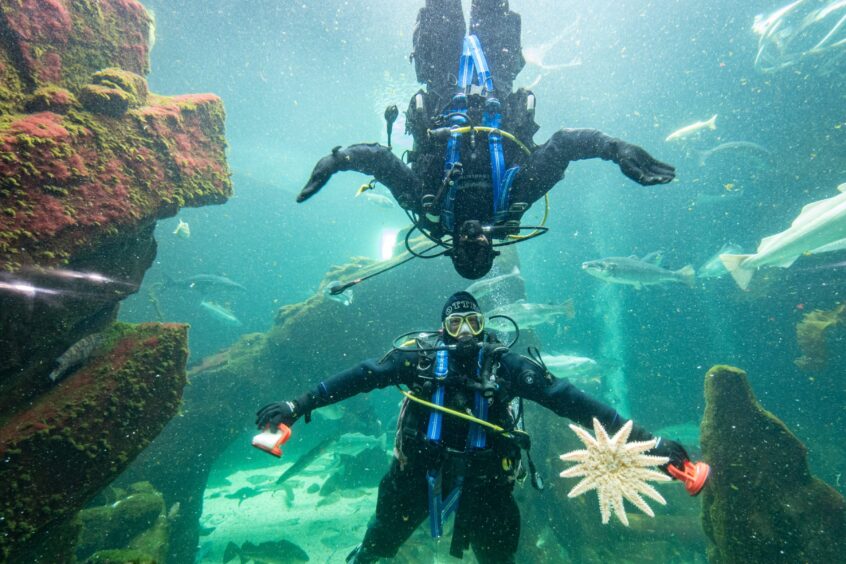


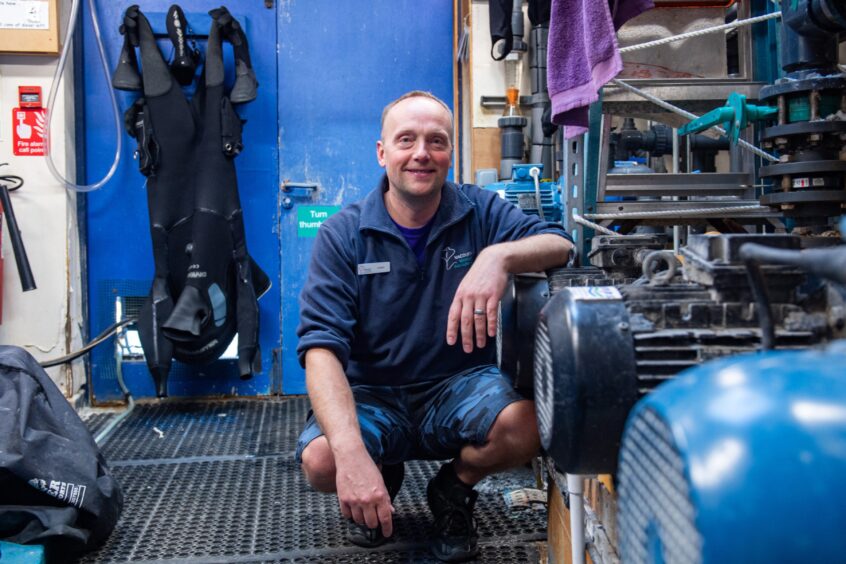
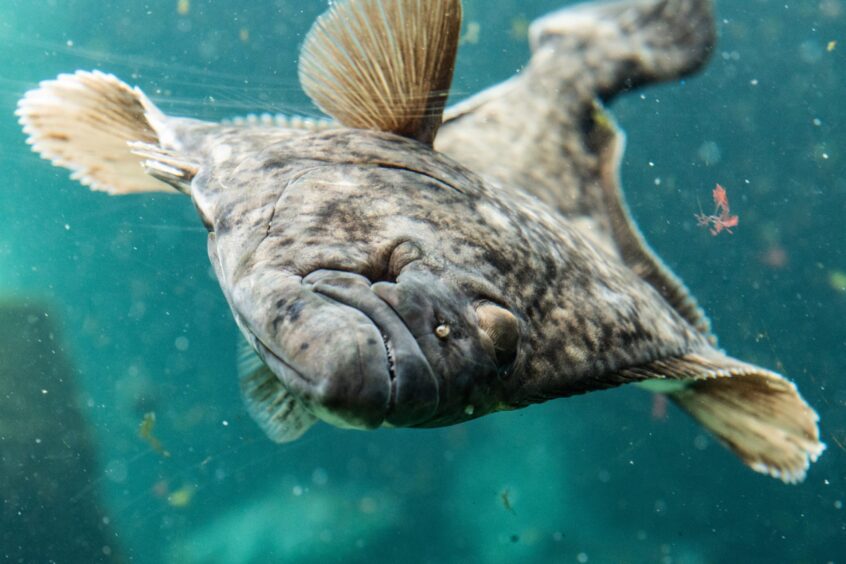
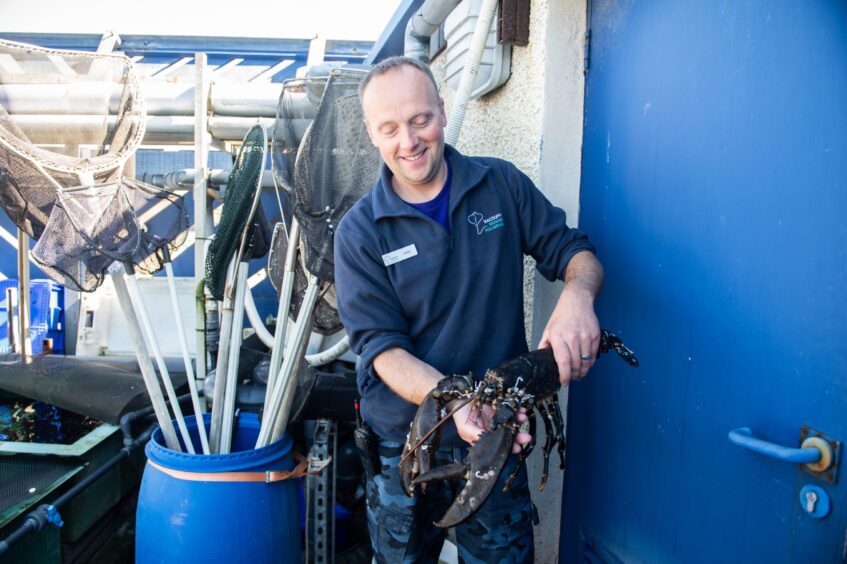
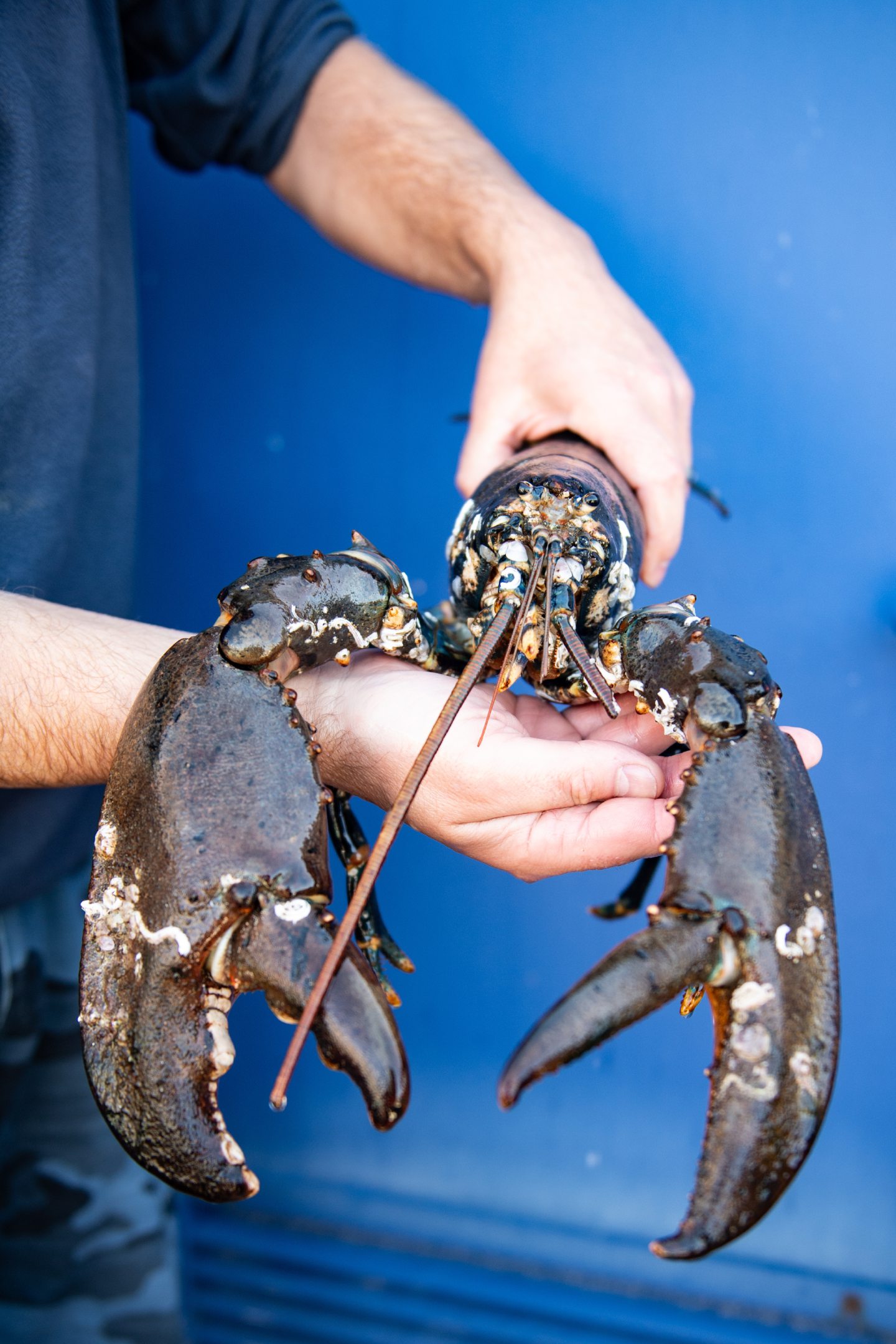
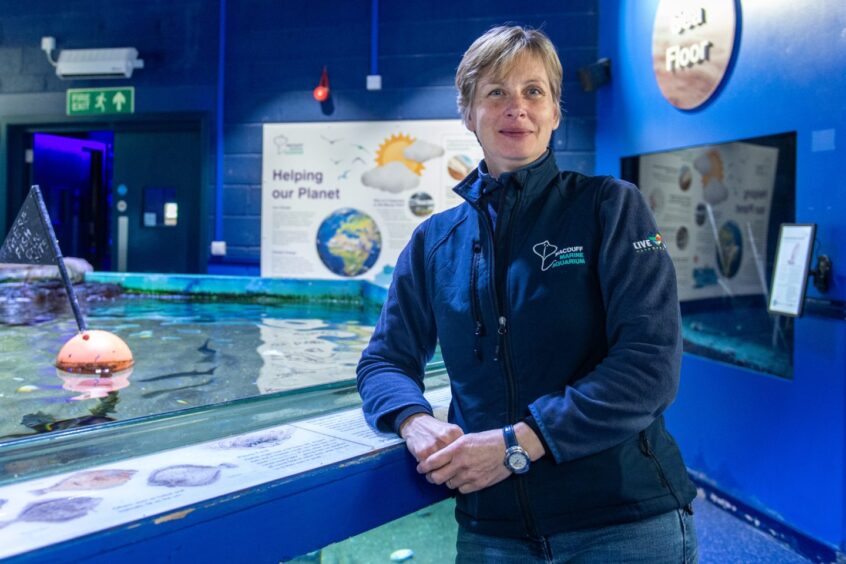

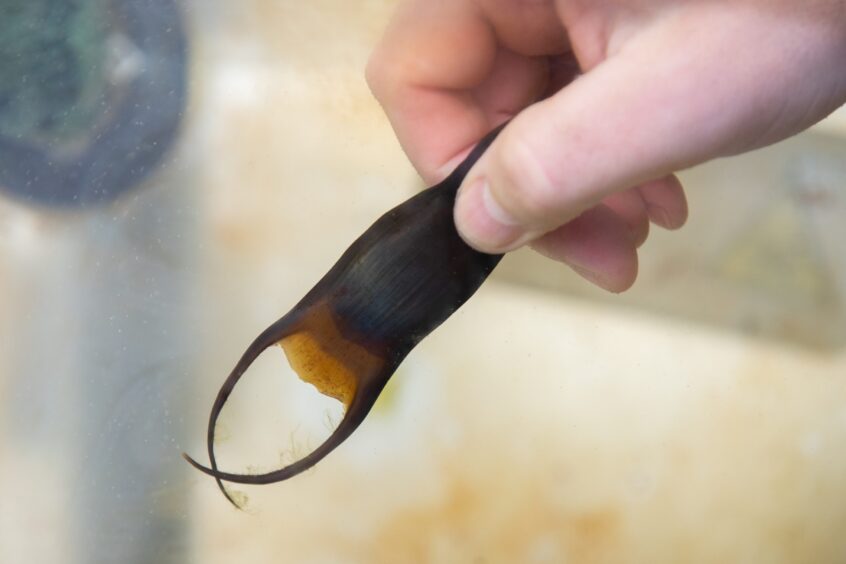
Conversation